Now that February has officially arrived, love is once more in the air. The famous Valentine’s Day occurred recently on the 14th, and most rushed to stores to buy a special something for their special someone. This romantic holiday dates back to ancient Christian and Roman customs, but in recent times, has been altered by advertisement and commercialization. There’s much more to discuss the origins of Valentine’s Day, how its commercialization came to be in the modern age, and if the holiday is truly represented by love or by money.

Although historians struggle to determine the true origin story of Valentine’s day, it is rumored to be created in memory of St. Valentine of Terni after his passing. Others believe Valentine’s Day was made to coincide with the festival of Lupercalia, an ancient Roman holiday that was celebrated the following day. During the festival, men would choose women to be their partners for the rest of the event.
However, Valentine’s Day did not represent romance until the 14th century, according to history.com, Beginning in the 16th century, printed cards and love notes gradually became common. These notes and cards often contained known Valentine’s Day symbols, such as Cupid and hearts. In the middle of the 1800s, the United States saw the printing of its first official commercialized valentines. As stated by time.com, When stationers started advertising their Valentines Day cards in newspapers, which also covered the customs surrounding St. Valentine’s Day, the event gained popularity.

The holiday has been celebrated for the past 200 years, Valentine’s Day is known for being overly commercialized. After Christmas, Valentine’s Day is one of the most popular shopping holidays, and its effect on the American economy is evident. The National Retail Federation projected that in 2023, with an average spending of $192.80, over 52% of customers intend to celebrate. It represented the second-highest amount since NRF and Prosper began tracking Valentine’s Day expenses in 2004 and was up from $175.41 in 2022. NRF’s projection for the year of 2024 is to reach a record, with $14.2 billion being spent on the returning holiday.
The top five presents of this year’s Valentine season are jewelry, chocolates, cards, flowers, and a special evening out. Some companies that are expected to have an influx in sales are flower companies like The Bouqs Co., candy companies such as Hershey’s and its subsidiaries Twizzlers, KitKat and Reese’s, greeting card companies such as Hallmark, and jewelry companies like Tiffany and Co. and Kay Jewelers.
 Denmark High School’s own Marketing Teacher and DECA Advisor Ms. Mathauer shared on how Valentine’s Day can be used as a marketing strategy and the recent trends happening on the occasion. “Valentine’s Day is often leveraged as a marketing strategy through high-profile collaborations, special licensing partnerships, and the incorporation of classic heart shapes,” she stated. She also mentioned that “According to Marketing Insights, Hershey’s will partner with the Peanuts cartoon series to offer character licensing”. Additionally, she explained that “companies engage in strategic alliances to create exclusive products capitalizing on the romantic theme of the occasion to attract consumers.” On the topic of recent trends, she replied that “stores are increasingly focusing on personalized and experiential offerings, such as customizable gifts, unique experiences, and eco-friendly options to meet the evolving preferences of consumers during Valentine’s Day.”
Denmark High School’s own Marketing Teacher and DECA Advisor Ms. Mathauer shared on how Valentine’s Day can be used as a marketing strategy and the recent trends happening on the occasion. “Valentine’s Day is often leveraged as a marketing strategy through high-profile collaborations, special licensing partnerships, and the incorporation of classic heart shapes,” she stated. She also mentioned that “According to Marketing Insights, Hershey’s will partner with the Peanuts cartoon series to offer character licensing”. Additionally, she explained that “companies engage in strategic alliances to create exclusive products capitalizing on the romantic theme of the occasion to attract consumers.” On the topic of recent trends, she replied that “stores are increasingly focusing on personalized and experiential offerings, such as customizable gifts, unique experiences, and eco-friendly options to meet the evolving preferences of consumers during Valentine’s Day.”
However, the celebration of Valentine’s Day has transcended from the United States. Australia, Denmark, Italy and France are some of the countries that celebrate the occasion, and in many different forms. Filipinos have been celebrating Valentine’s Day with mass weddings in the Philippines for more than ten years. Together with exchanging vows, couples get together to celebrate their marriage. However, Mexico celebrates in a more economic way, with flowers, cards and stuffed animals.

The Valentine’s Day holiday has been celebrated for over 600 years, and it has gradually become one of the most commercialized holidays ever. Its impact on the economy is without a doubt effective, and the holiday supplies a great amount of income to retailers across the country. Most celebrate the holiday as a way of showing their romantic appreciation, while it’s truly celebrated by retailers and companies, who receive an influx in sales from consumers.


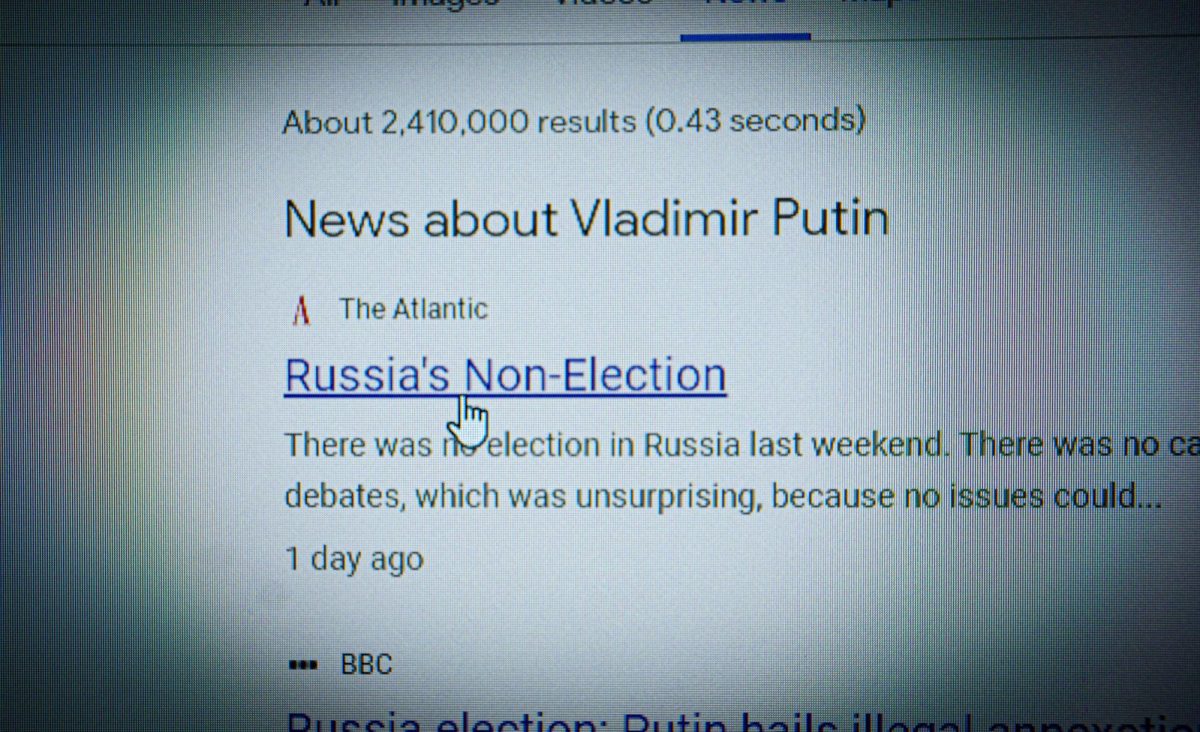










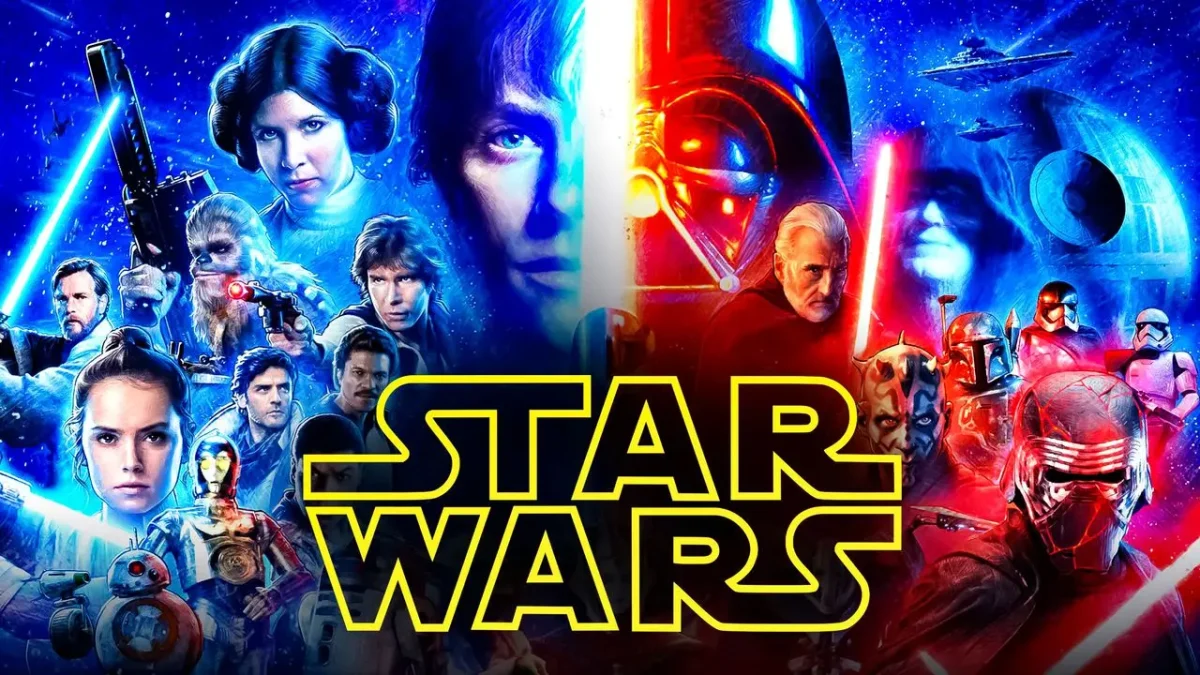








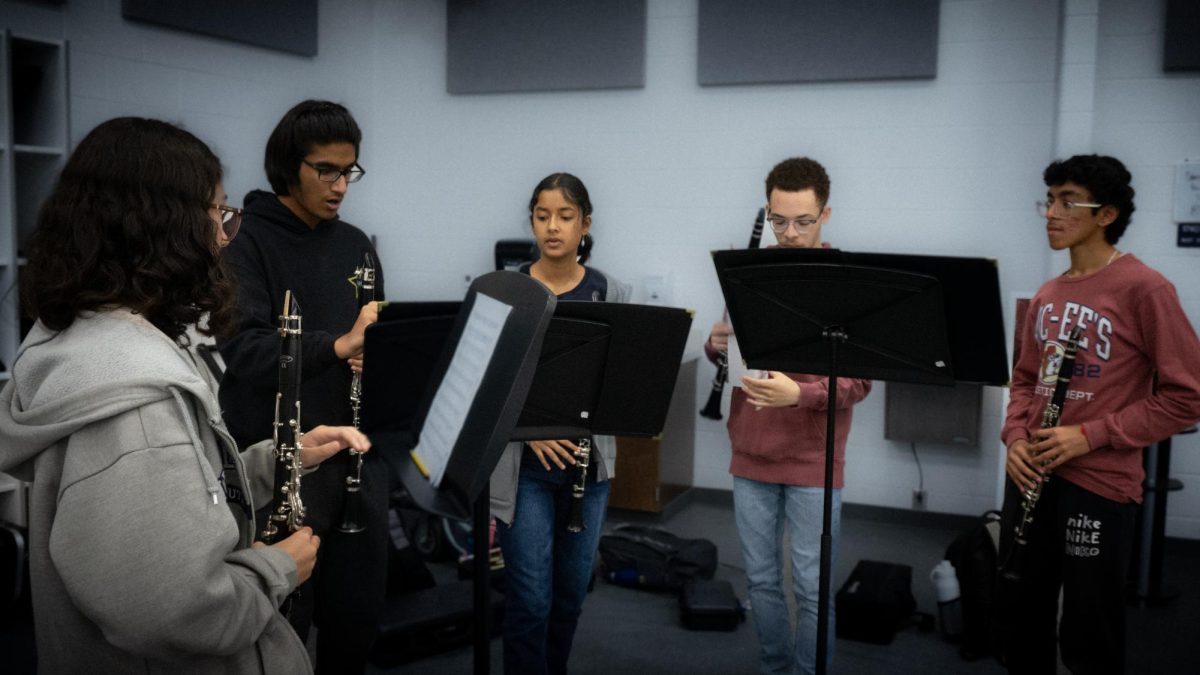




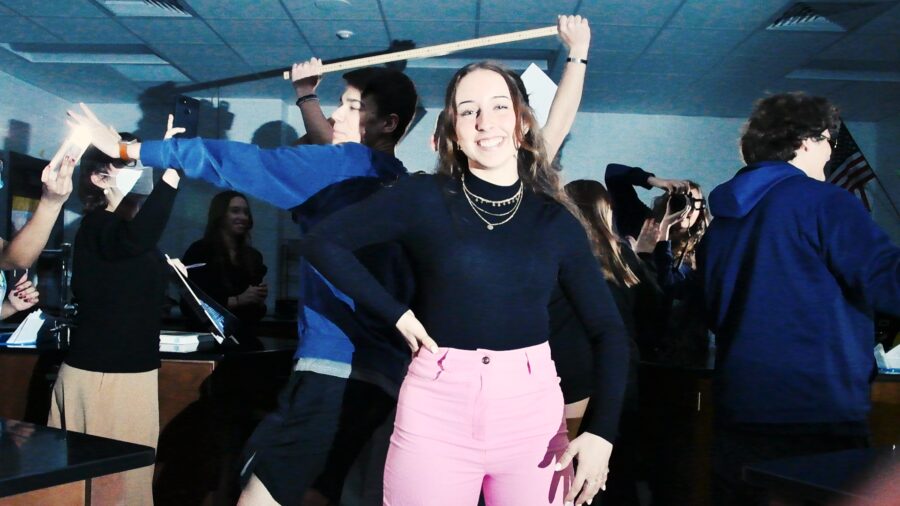

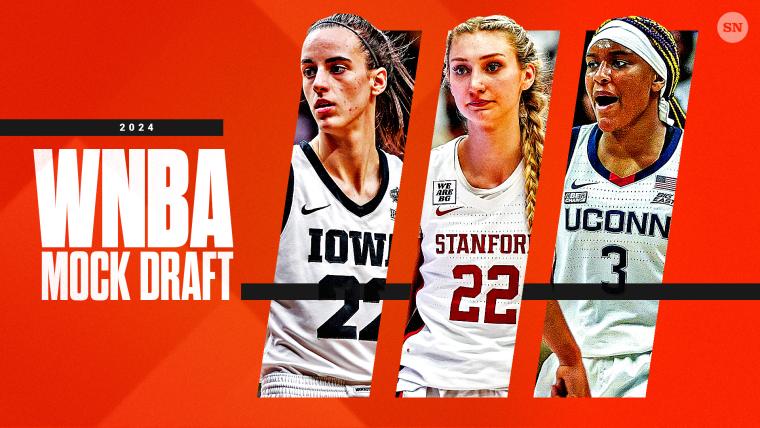







Miranda • May 14, 2024 at 11:19 am
I like how the pictures explain both sides. The last two pictures demonstrate how business take advantage of the holiday and the first two show how simple it is to celebrate without buying from the companies.